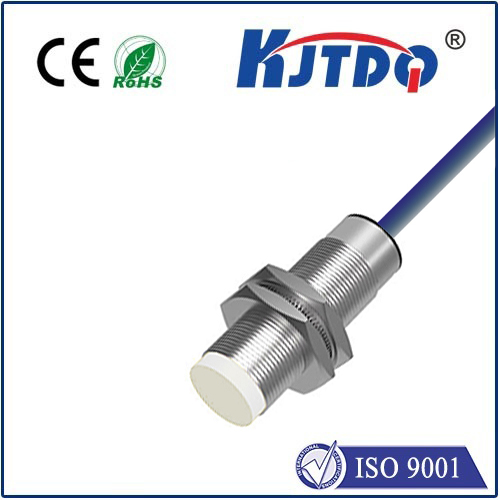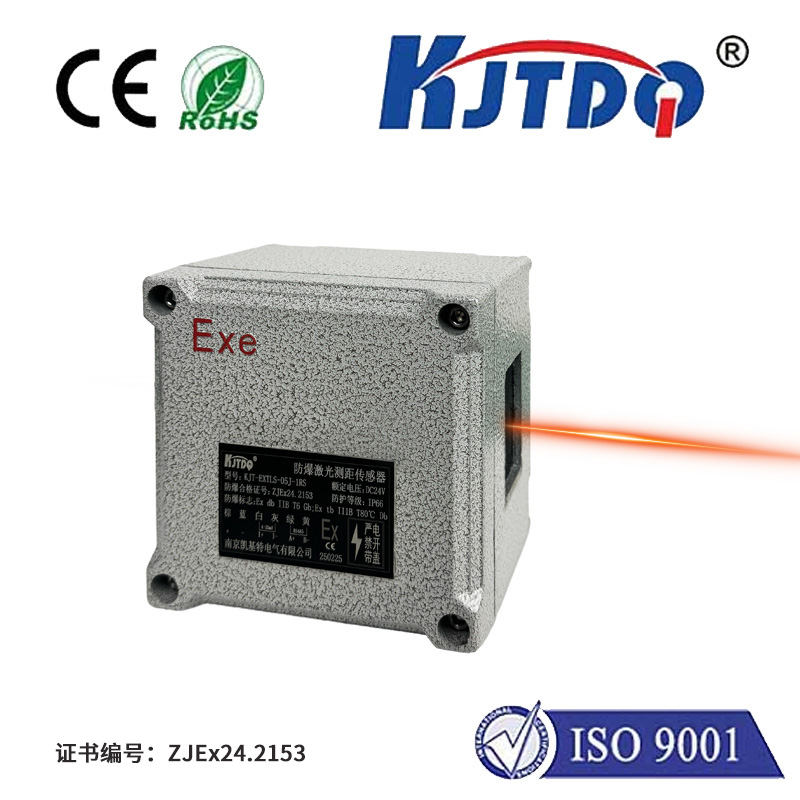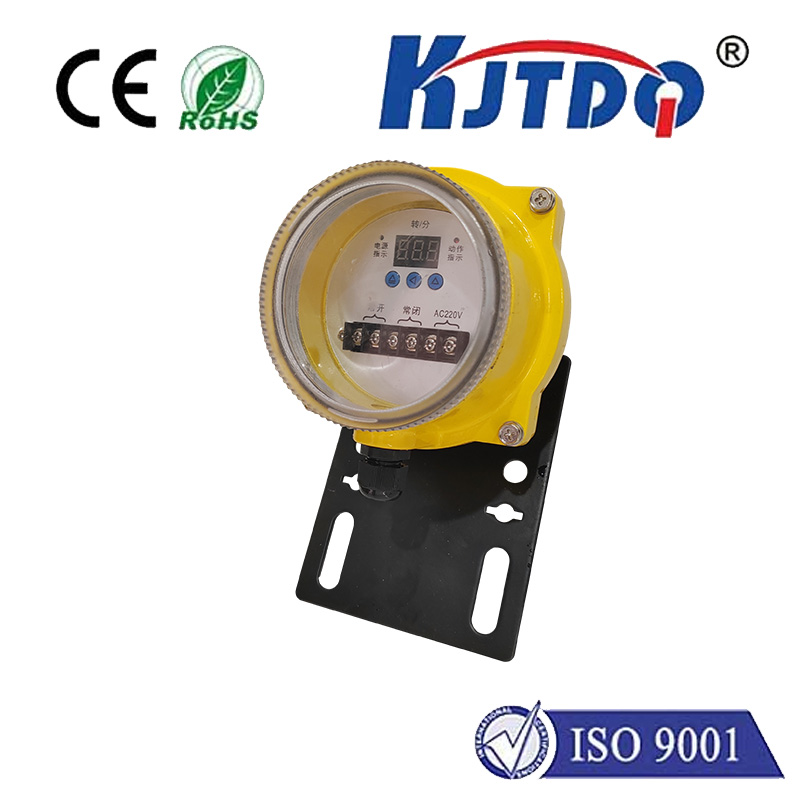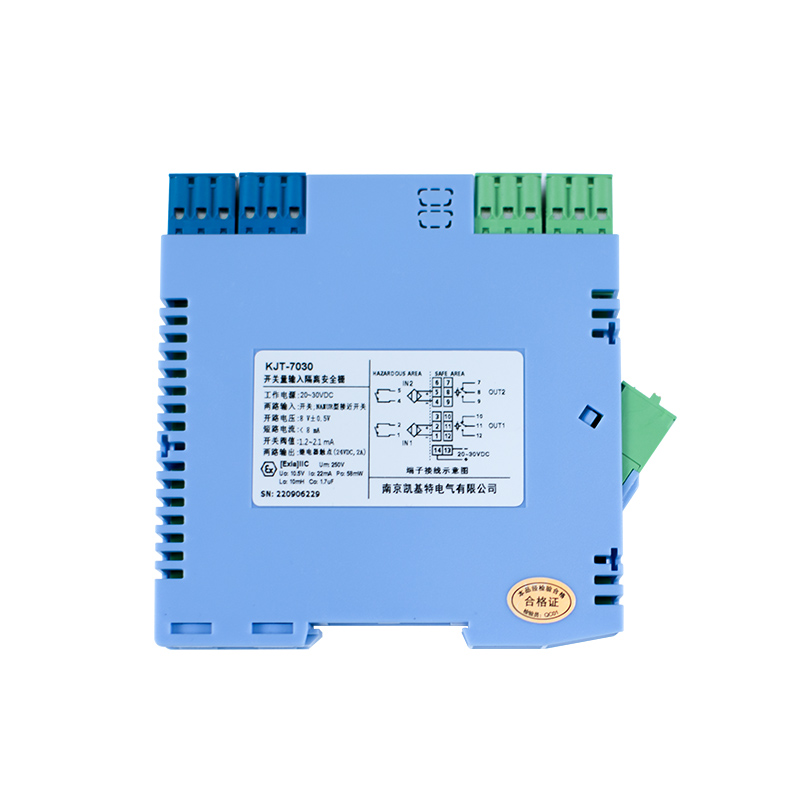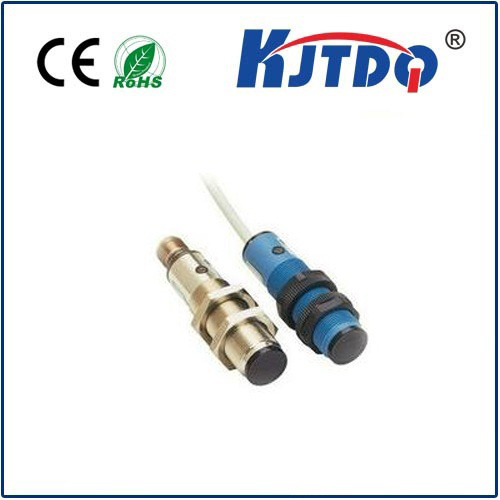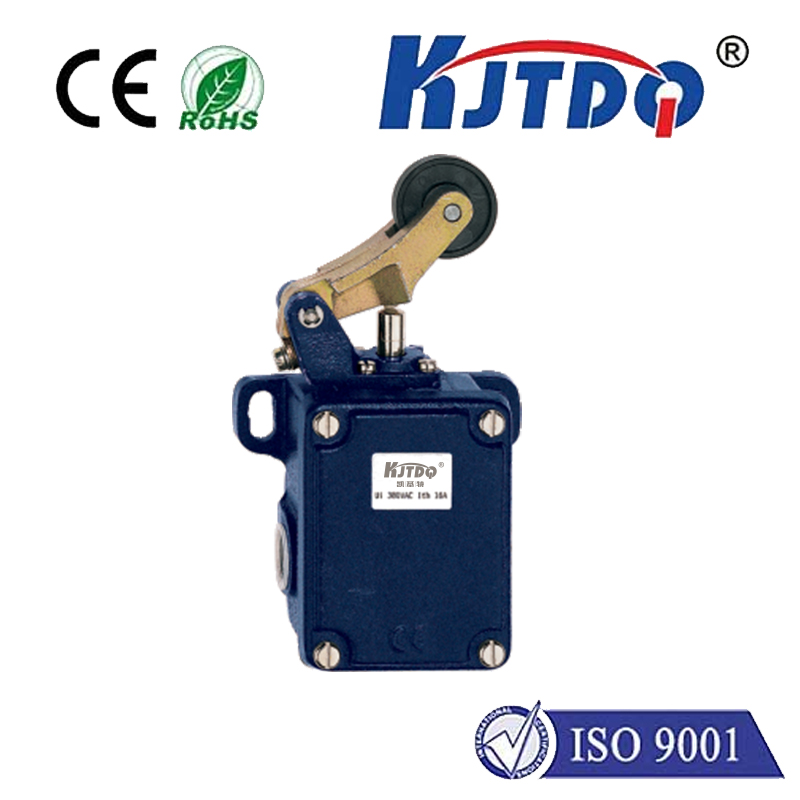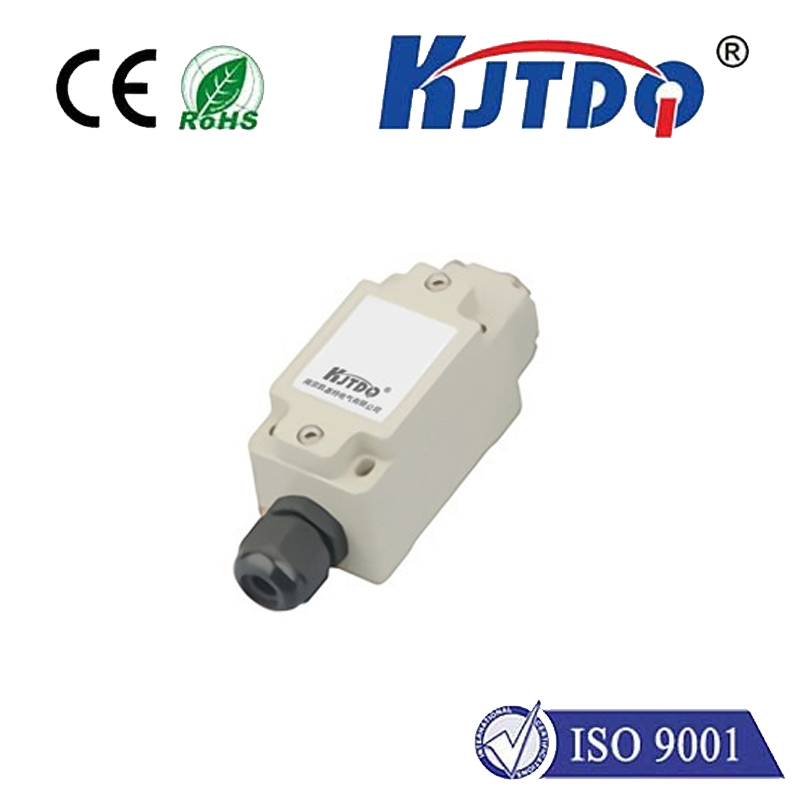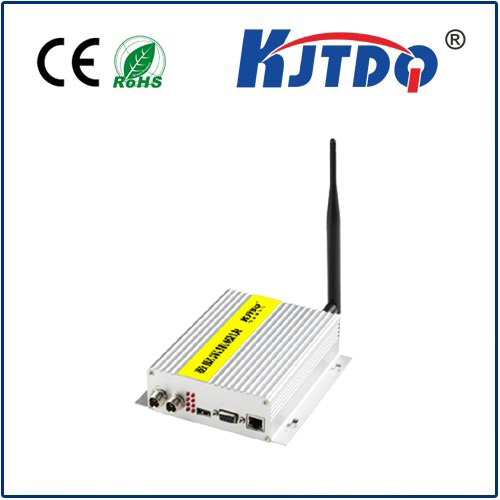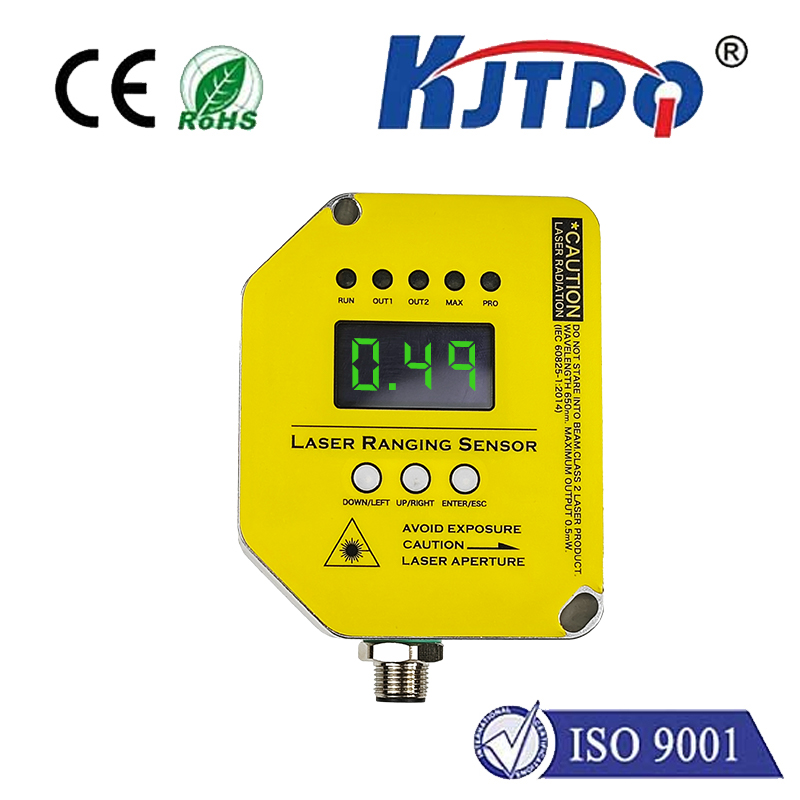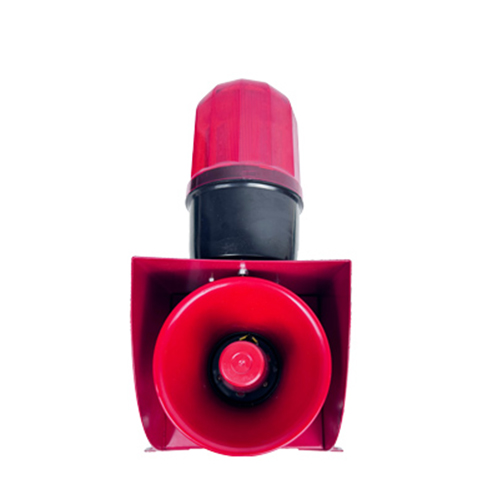parking proximity sensor
- time:2025-06-16 18:03:12
- Click:0
Parking Proximity Sensors: Your Secret Weapon for Stress-Free Parking
Parking. It’s a daily chore transformed into moments of genuine stress by tight spaces, hidden pillars, and the ever-looming fear of that expensive crunch. Whether navigating a bustling urban car park or squeezing into your garage at home, millimeters often matter. This is where the unassuming hero of modern driving steps in: the parking proximity sensor. Far from just a beeping novelty, this technology is a fundamental driver assistance system, quietly revolutionizing how we interact with confined spaces behind the wheel. Let’s explore how these sensors work, their undeniable benefits, and how they integrate into today’s smarter vehicles.
The Silent Sentinel: How Proximity Sensors Work Their Magic
At its core, a parking sensor system is brilliantly simple in concept yet sophisticated in execution. Its primary mission: detect obstacles invisible to the driver, especially those lurking in critical blind spots near the bumpers. Most commonly, these systems rely on ultrasonic sensor technology. Small, disc-shaped sensors are discreetly embedded into the front and/or rear bumpers of the vehicle.
Here’s the clever bit: these sensors emit high-frequency ultrasonic sound waves (inaudible to humans). When these waves encounter a solid object within their detection range – be it a concrete pillar, a low curb, another car, or even a stray shopping trolley – they bounce back towards the sensors. An onboard electronic control unit (ECU) then calculates the time it takes for the echo to return. Using the speed of sound, the ECU accurately determines the distance between your car and the obstacle.
This critical distance information is then communicated instantaneously to the driver. The most recognizable form is an audible alert – a series of increasingly rapid beeps that intensify as the gap narrows. Many modern systems enhance this with a visual display, often integrated into the infotainment screen or instrument cluster, showing a color-coded representation (e.g., green/yellow/red) or a graphical image of the car and detected obstacles. Some even offer distance readouts in centimeters or inches for precise maneuvering.

Front, Rear, or All-Around: Types of Parking Sensor Systems
While rear parking sensors are the most common and often standard equipment on many vehicles, systems come in varying configurations:
- Rear Parking Sensors: Essential for reversing maneuvers, helping avoid collisions with objects directly behind the vehicle.
- Front Parking Sensors: Increasingly popular, these activate when moving forward slowly (or automatically when shifting into Drive after Reverse), invaluable for navigating tight parking spaces head-on or avoiding low objects like bollards.
- Corner/Fender Sensors: Part of more advanced systems, these help detect obstacles at the corners of the vehicle.
- Full Surround View (360-Degree) Systems: Representing the pinnacle, these combine multiple ultrasonic sensors around the entire vehicle perimeter with cameras to provide a comprehensive bird’s-eye view on the display, virtually eliminating blind spots during parking.
Beyond the Beep: Tangible Benefits You Can’t Ignore
The advantages of equipping your vehicle with parking proximity sensors extend far beyond simply preventing embarrassing scrapes:
- Damage Prevention & Cost Savings: The most obvious benefit. By alerting you to unseen hazards, sensors significantly reduce the risk of cosmetic damage (scratches, dents) and potentially costly repairs to bumpers, lights, and bodywork. This can save substantial amounts on insurance deductibles and premiums over time.
- Enhanced Safety: Protecting your car is one thing, but sensors also contribute to pedestrian safety, especially children or pets who might be near the vehicle and difficult to see. They are a crucial component of modern vehicle safety systems.
- Reduced Driver Stress: Parking anxiety is real. Sensors provide audible and visual reassurance, transforming a tense, white-knuckle experience into a calm, controlled maneuver. Knowing the unseen is being monitored is incredibly liberating.
- Improved Confidence & Efficiency: Especially for less experienced drivers or those navigating unfamiliar or particularly tight spaces (like multi-story car parks), sensors boost confidence. They also allow for tighter, more efficient parking, maximizing space utilization.
- Increased Vehicle Value: Parking sensors are a desirable feature for used car buyers. A vehicle equipped with them, particularly factory-fitted systems, often commands a higher resale value.
Understanding the Limits: What Sensors Can’t Do
While invaluable, parking sensors are not infallible. Being aware of their limitations is key to safe usage:
- Low or Slender Objects: Very low obstacles (like high curbs, parking stops, or low posts) or extremely thin objects (like wire fences or signposts) might fall below the sensor’s detection plane or fail to reflect sufficient sound waves.
- Material Matters: Certain materials, like soft fabrics or absorbent surfaces, might not reflect ultrasonic waves effectively, potentially reducing detection range or causing missed alerts.
- Environmental Factors: Heavy rain, thick snow, ice, or accumulated mud covering the sensors can impair their function. Regular cleaning is essential.
- Detection Range: Sensors have a maximum range (typically 1.5-2.5 meters) and a minimum distance where detection is too late to react. They are designed for low-speed maneuvers, not highway driving.
- Reliance: Over-reliance on the sensors without using mirrors and physically checking surroundings is dangerous. They are an aid, not a replacement for attentive driving.
The Evolving Landscape: Integration and Intelligence
Parking sensor technology isn’t static. It’s rapidly evolving and integrating with other advanced driver assistance systems (ADAS):
- Camera Fusion: Combining ultrasonic sensors with rearview cameras (and increasingly, 360-degree camera systems) provides the most comprehensive view. While cameras show what is there, sensors provide precise distance information, especially in low-light conditions or where camera lenses might be obscured.
- Automatic Parking Systems: Proximity sensors are the fundamental “eyes” of semi-autonomous and automatic parking systems that steer the car into a space with minimal driver input. They continuously scan the environment for obstacles during the maneuver.
- Cross-Traffic Alert: Rear sensors often work in tandem with radar to provide Rear Cross-Traffic Alert (RCTA), warning of vehicles approaching from the sides as you reverse out of a parking spot.
- Electromagnetic Sensors: While less common, some systems use electromagnetic field sensors embedded within the bumper fascia itself. These detect disruptions in the field caused by nearby objects and offer the advantage of being entirely invisible. However, they might have different detection characteristics compared to ultrasonics.
Choosing and Using Your Proximity Sensors Wisely
Whether your vehicle comes equipped with sensors or you’re considering an aftermarket kit, understanding their operation and limitations is crucial. For aftermarket options, professional installation is highly recommended to ensure optimal sensor placement and calibration. Remember:
- Trust, But Verify: Always use sensors in conjunction with mirrors and visual checks. Glance over your shoulder, especially when reversing.
- Know Your System: Familiarize yourself with the audible tones and visual displays of your specific system. What does a constant tone mean? How close is “red zone”?
- Keep Them Clean: Regularly wipe down the sensor surfaces to prevent dirt, ice, or snow from blocking them.
- Mind the Buzzer: Don’t ignore the warnings! Slow down immediately when the alert activates.
The humble parking proximity sensor has earned its place as an indispensable tool in the modern driver’s arsenal. It transforms the often-dreaded task of parking






